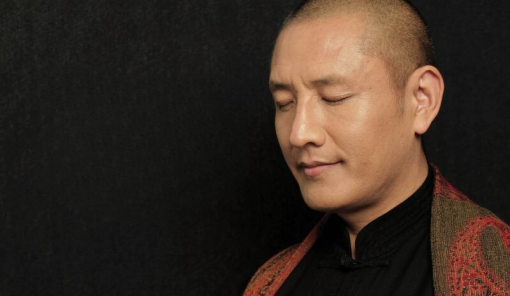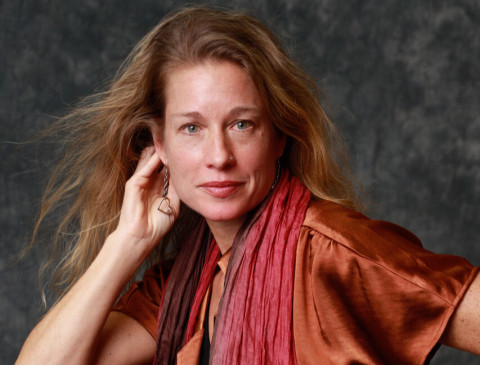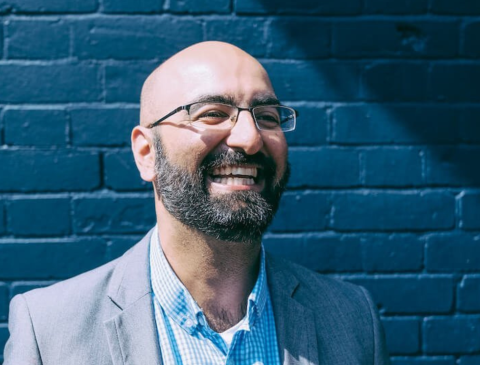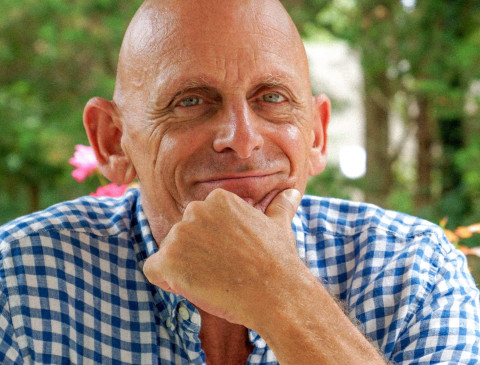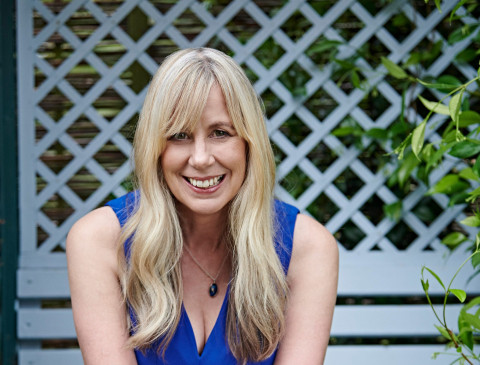Tulku Lobsang Rinpoche is a high and precious Buddhist master. He bases his teachings on the ancient Tantric knowledge that has been the foundation of Tibetan Buddhism, Medicine, and Astrology. Having profound knowledge in these fields, Rinpoche now presents to the world the knowledge of his venerable lineage, integrating various disciplines in one, as they originally were. Tulku Lobsang Rinpoche’s knowledge and experience, his natural and compassionate way of teaching, his general kindness, and his wisdom make him a precious and valuable mediator and transmitter of the Tibetan Buddhist culture and traditions.
Childhood at the Roof of the World
Tulku Lobsang was born in 1976, in the year of the fire dragon. He was born into a farmer family in the Himalayas. Many reincarnated lamas have been born into this family. Tulku Lobsang spent his childhood in nature under the attention of his mother. He was always surprising her with special games. Once he wanted to fly from the third floor of the house with an umbrella. The makeshift glider broke right away once in the air, but fortunately the young boy was unharmed. When he was six years old, Tulku Lobsang entered Sowa Monastery, the local Buddhist monastic school. At eleven, he transferred to the Nangzhig Bön Monastery, which is the biggest Bön monastery in Tibet today. The full name of the monastery is Nangzhig Gön Chen, which means something like „The Big Monastery of Pure Vision,“ and it is also sometimes referred to as Narshi Gompa. There Tulku-la was educated by his uncle who was Abbot of the monastery. The Master cared about him like his own son and introduced him to the teachings of the Bön tradition. Tulku-la made his first experiences with the secret Dzogchen teachings and the Bön rituals.
Tulku Nyentse
While Tulku Lobsang was at the Bön Monastery, the Sowa Monastery monks were advised by the oracle that he had identified their reincarnated Lama, Tulku Nyentse. At an open ceremony of the oracle, when the monks asked for the incarnation of their Lama, the young Lobsang was named. However, the monks were not sure if the oracle meant this especially wild boy. The oracle confirmed that Lobsang was without a doubt the true incarnation of the Nyentse Lama. At that same moment, the oracle also said that Lobsang would not stay at Sowa Monastery and sit on the throne as was tradition. Instead, he said Lobsang would travel the world teaching and helping others and, in doing so, provide the greatest help to Sowa Monastery and the surrounding village. Thus, at the age of thirteen, Tulku Lobsang was enthroned in a celebration ceremony at Sowa Monastery as the eighth incarnation of Tulku Nyentse. He would soon leave, however, just as the oracle predicted.
The first incarnation of the Nyentse Lama was Abbot of Gaden Monastery near Lhasa. That Nyentse Lama was an accomplished Master of the deity Yama and was living in constant connection with him. In the fifth incarnation, he was a great yogi who was famous for his magic faculties. In this eighth incarnation, the Nyentse Lama’s Body, Speech, and Mind were reincarnated separately into three different people. The Abbot of Gerdeng Monastery was identified first as the reincarnation of the Body of the Nyentse Lama. Because he did not stay on the throne at Sowa Monastery, however, the monastery was still without its spiritual leader. Tulku Lobsang was identified next and is the reincarnation of the Speech of the Nyentse Lama. As Tulku Lobsang was to be of greatest benefit to the world by traveling and teaching, the need for someone to take the throne at Sowa Monastery still existed. Thus, some years after Tulku Lobsang had been enthroned and had left Sowa, a third monk, who is the same age as Tulku Lobsang, was identified as the reincarnation of the Mind of the Nyentse Lama and stayed to run the Monastery. He and Tulku Lobsang studied with the same teachers as children and remain close today.
Shortly after his enthronement at Sowa Monastery, Tulku Lobsang Rinpoche moved to Amchok Monastery where he received his formal teachings. Early in his studies at Amchok, the young Tulku Lobsang was already impressing people with his healing capacities. Next, he continued his studies in Labrang Monastery. There he deepened his knowledge in Sutra, Medicine, and Astrology. In addition to his general schooling in the monastery, a line of scholars in Medicine and Astrology privately taught Tulku Lobsang. One of his teachers was the astrologer Geshe Jamyang Nyima. The highly cultured Lama Gungtang from Amdo instructed him in the teaching of Tantra and gave him the most important initiations. Over the next several years, Tulku Lobsang Rinpoche received general teachings in all eight main schools of Tibetan Buddhism.
Teachings and Teachers
Generally, Tulku Lobsang received Gelug teachings, but he also studied Bön, the Jonang Kalachakra secret traditions, as well as Mahamudra traditions. Therefore, he received general teachings in all of the Tibetan Buddhist traditions and is considered as Rime. Today, Rinpoche continues as a practitioner of all traditions. Tulku Lobsang had many teachers, but his main teachers were Geshe Samten in Amchok Monastery in eastern Tibet for philosophy, Geshe Jamyang Nyima in Labrang Monastery for medicine and astrology, and Geshe Sherub Nyima in Bön Nangzhig Monastery, who was his special astrology teacher. When he was young, in the Sowa Monastery, Geshe Lodrup taught Tulku Lobsang reading, writing, and memorization. Lama Gungtang gave Tulku Lobsang most of the empowerments and initiations – such as Kalachakra empowerments and Mitra Gyatsa, which means 100 Mandala Empowerments. He received medical empowerments, such as Mangnergajama from Geshe Tsukdruk at Labrang Monastery, who also gave him flower and water essence initiations and teachings. Jonang secret Kalachakra traditions were received from Kembo Narshe and Lama Dorje. Bön Dzogchen traditions were given by his uncle Ak Yeshi. Tulku Lobsang’s four personal, private teachers were also reincarnation lamas – Tulku Narke, Tulku Serchen, Tulku Kaynyang and Tulku Tsurmon, all at Amchok Monastery. His root Lama is Tulku Serchen. Tulku Narke was a very close teacher. He always traveled with Tulku Lobsang in Tibet, cared for the details of daily life, and supervised his practice. Altogether, Tulku Lobsang Rinpoche had 35 main teachers from whom he received instructions and specific empowerments and initiations.
India and the West
In 1993, Tulku Lobsang left Tibet for south India, to the Gaden Shartse Monastery. At Gaden, he deepened his knowledge in the classical Buddhist texts. After five years in Gaden Monastery, Rinpoche moved to Dharamsala to pass the Tibetan cultural heritage on to both Tibetans and Westerners. Since 2000, Tulku Lobsang has been traveling to many countries to give teachings and lectures in Medicine, Buddhism, and Astrology. In March 2002, Rinpoche established a medical center, Nangten Menlang – Buddhist Medical Center, in northern India. Today, his association Nangten Menlang International is based in Vienna, Austria.
Nangten Menlang International
Nangten Menlang is an international organization dedicated to the preservation and teaching of Buddhist knowledge, Tibetan medical science, and the healing arts of Tantrayana. Founded in 2002 with Tulku Lobsang Rinpoche as its spiritual leader, it is now based in Vienna, Austria, and has partner organizations in various countries around the world.
